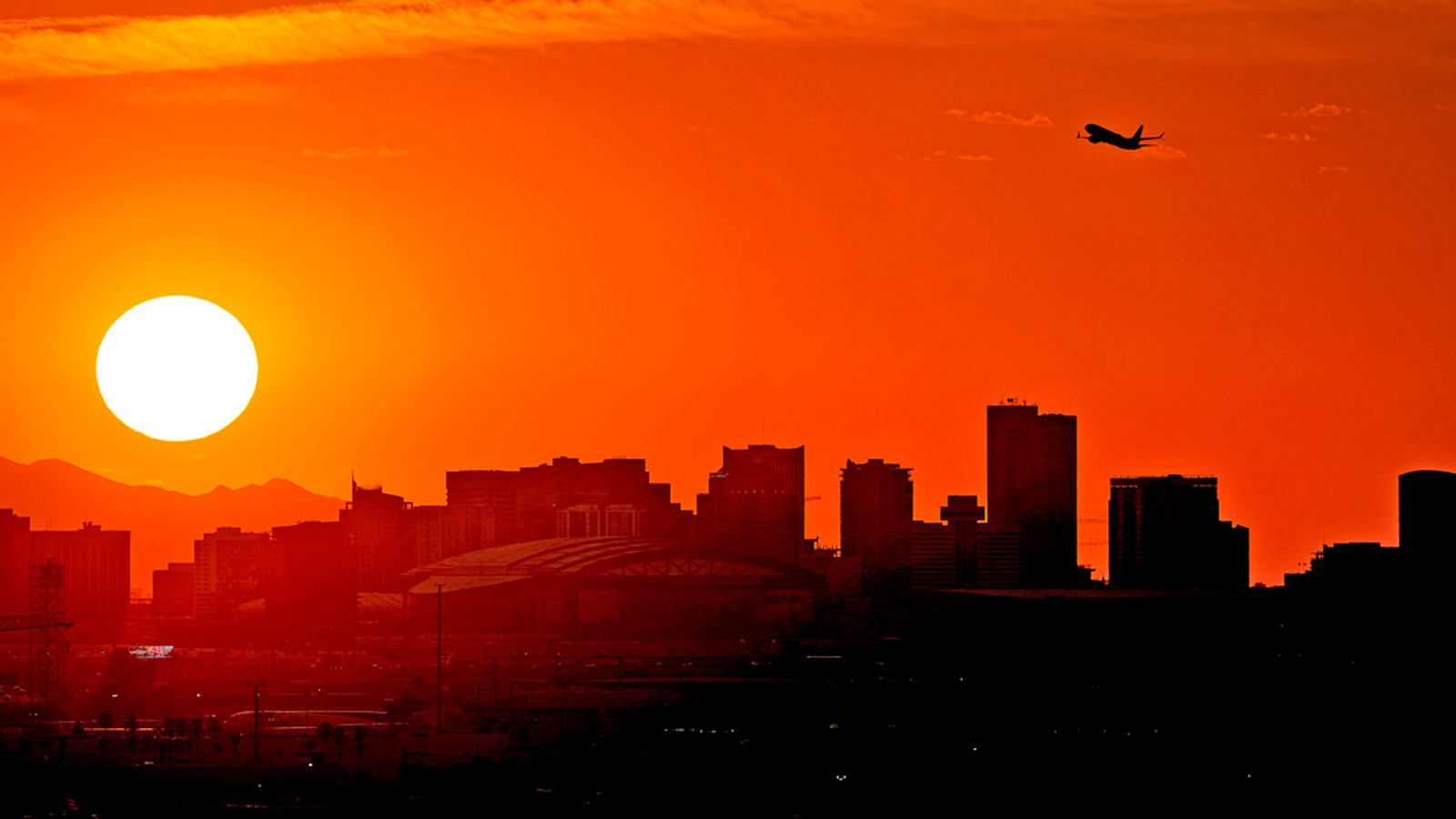AP IMPACT: Delhi ignores own quake peril warnings
Jan 25, 2012, 4:01 PM
Associated Press
NEW DELHI (AP) – The ramshackle neighborhoods of northeast Delhi are home to 2.2 million people packed along narrow alleys. Buildings are made from a single layer of brick. Extra floors are added to dilapidated buildings not meant to handle their weight. Tangles of electrical cables hang precariously everywhere.
If a major earthquake struck India’s seismically vulnerable capital, these neighborhoods _ India’s most crowded _ would collapse in an apocalyptic nightmare. Waters from the nearby Yamuna River would turn the water-soaked subsoil to jelly, which would intensify the shaking.
The Indian government knows this and has done almost nothing about it.
An Associated Press examination of government documents spanning five decades reveals a pattern of warnings and recommendations that have been widely disregarded. Successive governments made plans and promises to prepare for a major earthquake in the city of 16.7 million, only to abandon them each time.
The Delhi government’s own estimates say nine out of every 10 buildings in the city are at risk of moderate or significant quake damage, yet the basic disaster response plan it had promised to complete nearly three years ago remains unfinished, there are nearly no earthquake awareness drills in schools and offices and tens of thousands of housing units are built every year without any earthquake safety checks.
Fearing many buildings could lie in ruins after a quake, the Delhi government began work in 2005 with U.S. government assistance to reinforce just five buildings _ including a school and a hospital _ it would need to begin a rudimentary relief operation to deal with the dead, wounded and homeless. Six years later, only one of those buildings is earthquake-ready.
“At the end of the day, people at the helm of affairs are not doing anything,” said Anup Karanth, an earthquake engineering expert.
In its attitudes to disaster preparedness India is like many other poor nations _ aware of the danger but bogged down by both sheer inertia and more immediate demands on its resources.
But Delhi faces immense earthquake risks. Last September, two minor jolts sent thousands of scared residents into the streets, and experts say a big one looms on the horizon.
As far back as 1960, after a moderate quake cut power and plunged Delhi _ then a city of 2.7 million _ into darkness, the Geological Survey of India advised that all large buildings in the capital needed to have a plan for earthquake safety.
A series of reports by other agencies have expanded on that conclusion in recent years, but both the city and national governments have ignored almost all of the recommendations.
Some reports were ignored because of sheer apathy, others because of shifting priorities. In a city and country growing at lightning speed with huge problems of poverty and hunger that need more immediate solutions, earthquake preparedness has simply never been at the top of the list. Some plans begun with good intentions simply fell by the wayside.
That’s what happened to the 2005 plan to prepare five important buildings in the capital for an earthquake.
Government engineers were sent to California to train. But the following year _ with only the school made earthquake ready _ all the engineers were taken off the project. They were reassigned to build stadiums for the 2010 Commonwealth Games, an athletic competition held in Delhi, said M. Shashidhar Reddy, the vice chairman of India’s National Disaster Management Agency.
The scale of the problem “really hasn’t sunk into the minds of the people,” Reddy said.
Just last year, a Delhi government agency ordered all new home buyers to get a building safety certificate that would mark their homes as structurally sound before registering property. But it later withdrew the order, saying there weren’t enough engineers trained to conduct such inspections.
“That’s like saying let’s not have any traffic rules because we don’t have enough policemen,” said Hari Kumar, who heads Geohazards India, an organization that promotes earthquake awareness.
India, a still developing country plagued by corruption, isn’t alone in being unprepared. More than 80 percent of deaths from building collapses in earthquakes in the last three decades occurred in corrupt and poor countries, according to a 2011 study published in the science journal Nature.
The study by Roger Bilham, a geologist at the University of Colorado, Boulder, and Nicholas Ambraseys, a civil and environmental engineer at Imperial College London, compared the loss of life in two magnitude 7.0 earthquakes in 2010. In Haiti, 300,000 died; in New Zealand none did, though a subsequent 6.1 quake there in early 2011 killed 182.
New Zealand, a developed nation, tied for first as the least corrupt in Transparency International’s most recent Corruption Perceptions Index. Much poorer Haiti came in 175th out of 178 countries.
In Turkey, which ranked 61st, a 2010 report revealed that the earthquake-prone nation had failed to enforce stricter building codes put in place after a 1999 earthquake killed 18,000 people. Last year, two earthquakes of magnitude 7.2 and 5.7 flattened some 2,000 buildings, killed 644 people and left thousands homeless.
In contrast, Japan, which was 14th on the corruption scale, requires that all structures meet a 1981 building code and offers subsidies to retrofit buildings to meet more stringent guidelines set in 1995. About 75 percent of homes and public buildings meet the newer standards.
In India, which ranked 95th, contractors routinely flout regulations, use substandard material and add illegal floors to buildings, while bribing government inspectors to look the other way, said Reddy, the disaster management official. A 2001 quake in the western state of Gujarat killed more than 13,000.
Delhi, which sits near a highly seismically active area, is ranked four out of five on a seismic threat scale used in India.
Geologists believe the Central Himalayan Gap, a 310-mile (500 kilometer) stretch between Nepal and India, is ripe for a major quake. A 6.8 quake along the fault in March 1999 damaged many buildings in Delhi, just 125 to 300 miles (200 to 500 kilometers) from the gap.
Studies show such a large buildup of energy that a shifting of the tectonic plates could cause an 8.7-magnitude earthquake, Bilham said.
Experts also fear the potential damage from a smaller quake closer to the capital. The city lies between two fault lines, and a 4.2 quake in September woke up residents, with many fleeing their buildings. The same month, a magnitude 6.8 quake in India’s remote northeast was also felt in the capital.
Either type of quake would cause moderate damage to an estimated 85.5 percent of Delhi’s buildings and severe damage to another 6.5 percent, Delhi’s disaster management authority said in a 2010 vulnerability assessment. It could also open cracks in the ground several centimeters wide and spread “fear and panic,” the report said.
It was India’s Department of Meteorology that found northeast Delhi particularly vulnerable in a never-released 2005 study obtained by the AP. That “microzone” study divided the city into nine segments to evaluate the possible impact of an earthquake in each.
While the microzone study is a positive step, the report is only rudimentary and most builders haven’t even heard of it, said earthquake engineering expert Karanth, who as a student lived through the Gujarat quake.
India has developed national standards for constructing earthquake-resistant buildings, but they are not mandatory and widely ignored, said Kumar of Geohazards.
Meanwhile, many residents don’t realize the danger, or wrongly believe they are safe from it.
When Karanth decided to buy an apartment in 2010, he picked a builder who promised to deliver an earthquake-resistant building. He visited the site often, took photographs of the construction and talked to the engineers in charge.
Last year, he realized the project had none of the promised earthquake safety features. “This is not one or two apartments that I’m talking about. These are thousands of apartment units being constructed,” he said.
He complained and demanded an explanation.
Instead, the construction company offered to give him back his deposit.
(Copyright 2012 The Associated Press. All rights reserved. This material may not be published, broadcast, rewritten or redistributed.)









